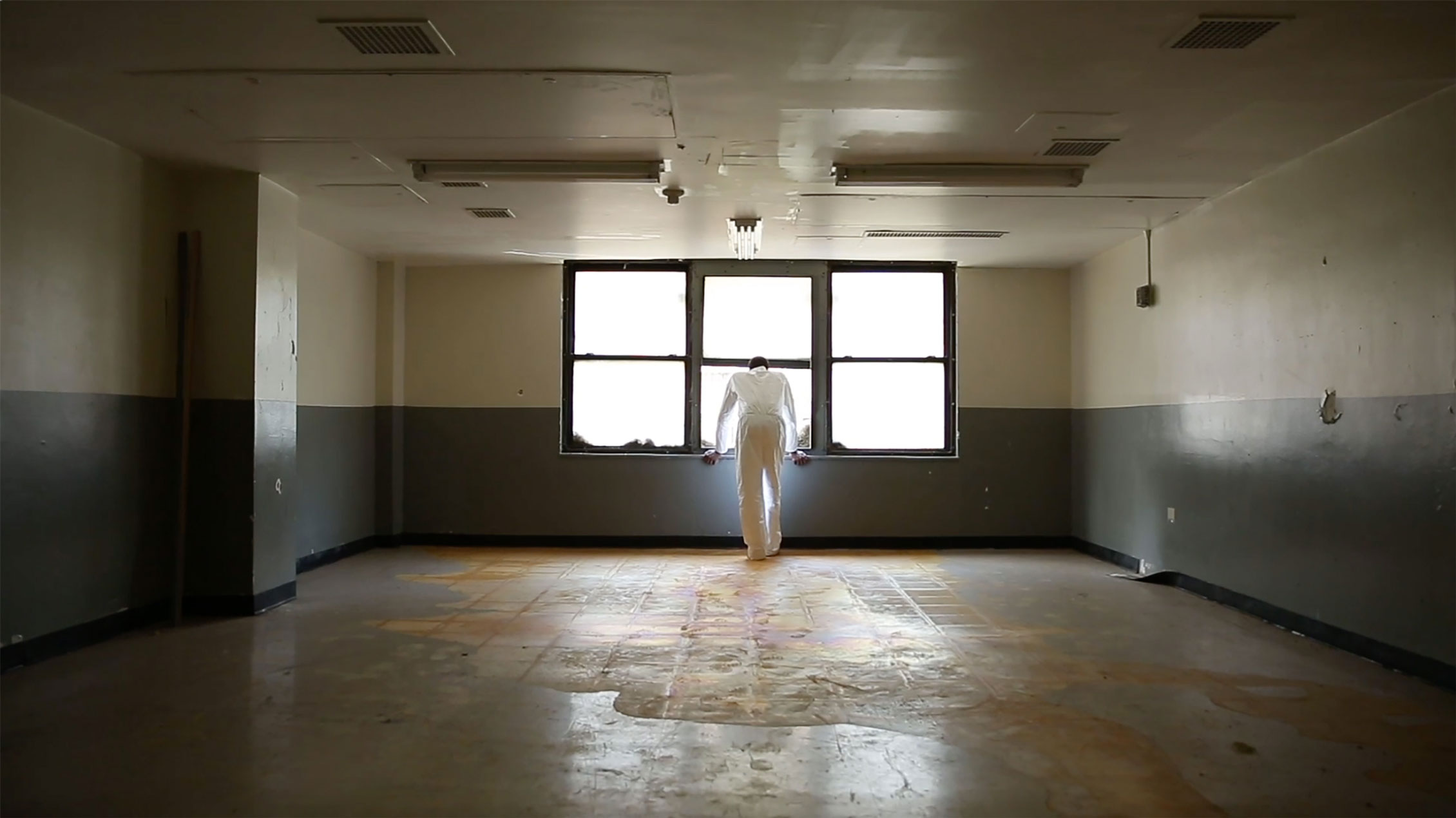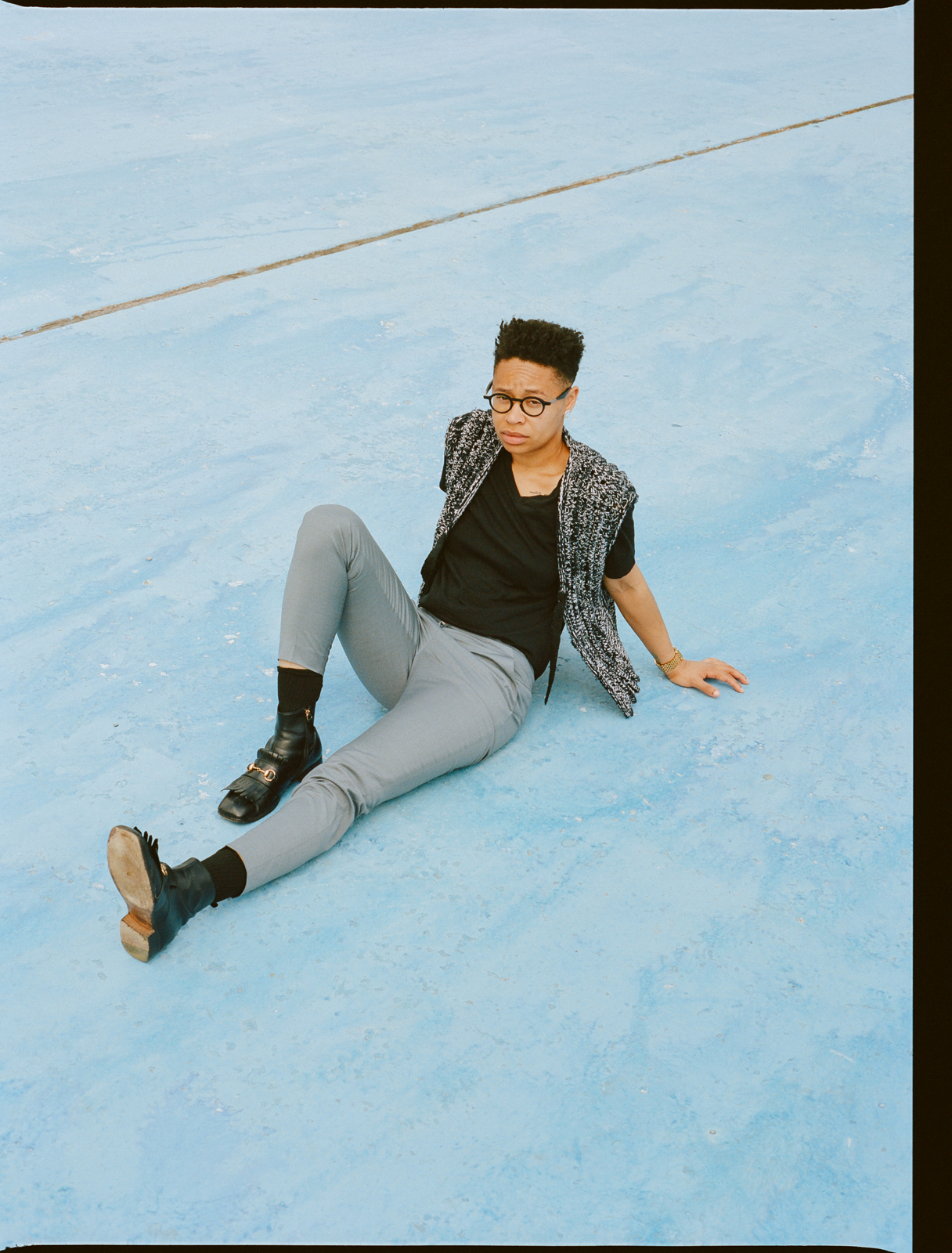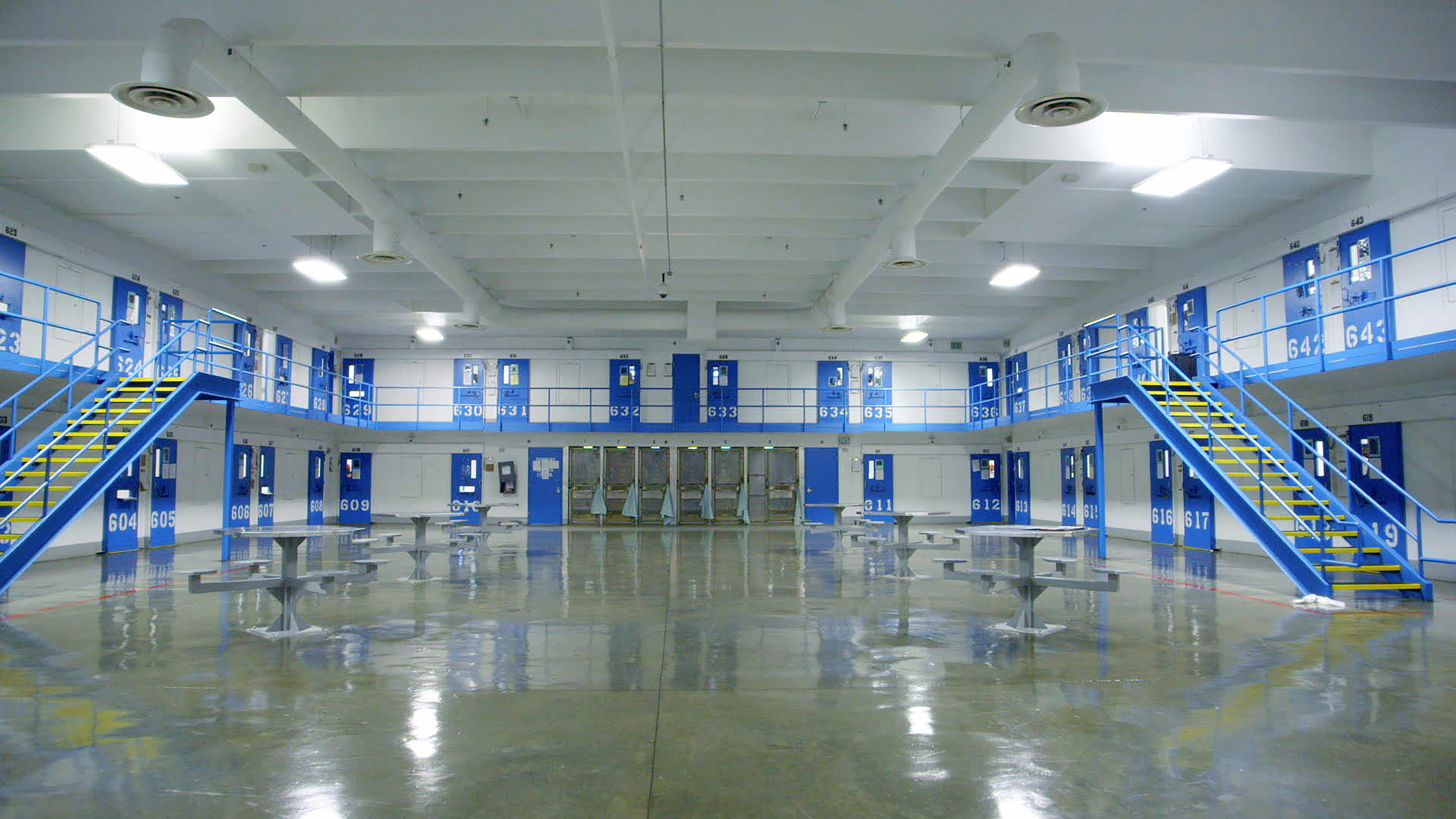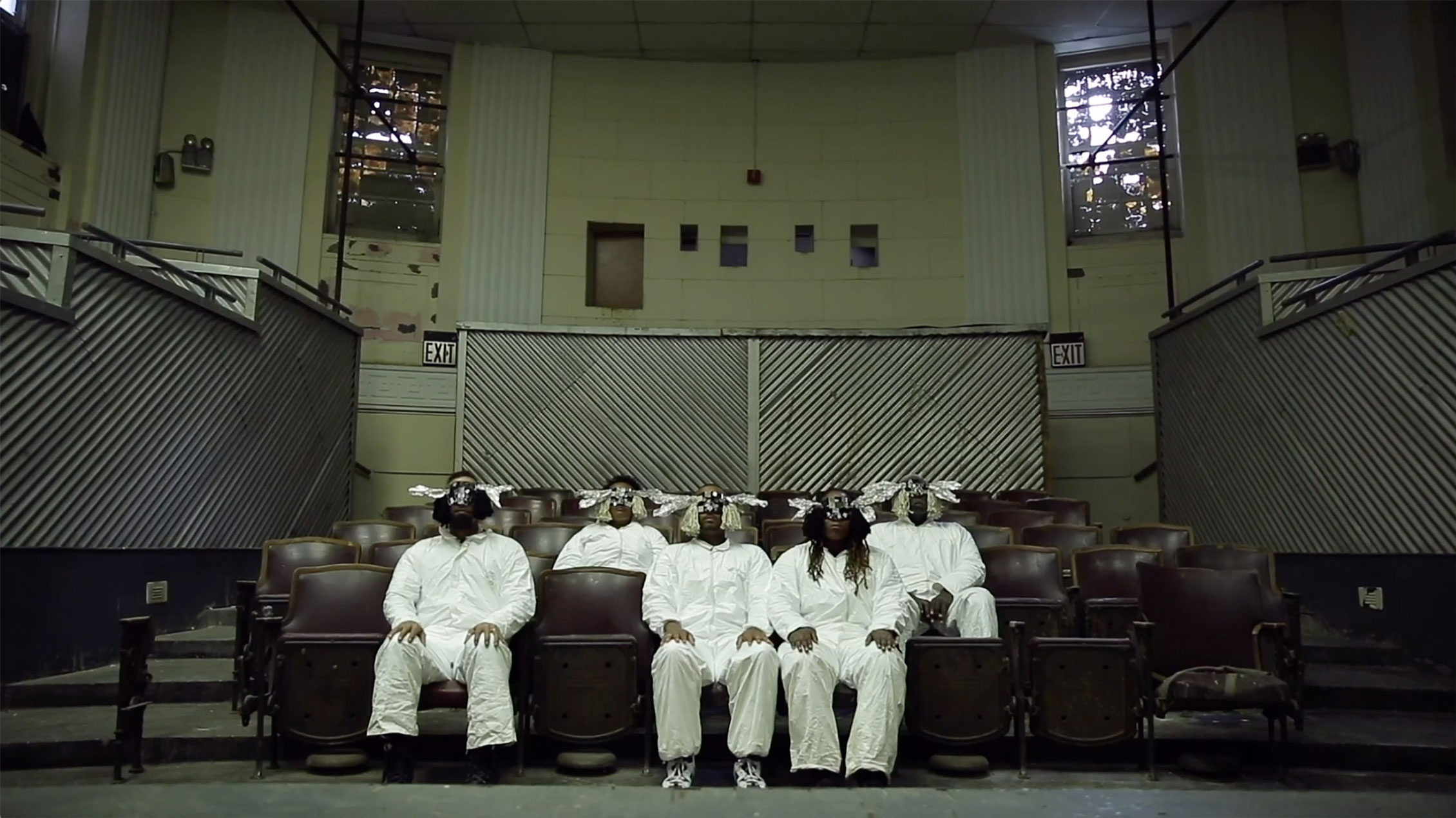
According to the NAACP, African Americans are five times more likely to be incarcerated than whites. In the midst of a global pandemic, as police brutality against Black people rages on and current inmates are contracting COVID-19 at alarming rates in detention centers, jails and prisons across the United States, Black Lives Matter protestors are demanding to defund or abolish the police force and reform the inequitable penitentiary system. For some artists, solidarity shows up in their work. Whether represented through visuals of personal experiences, documentary filmmaking or embodied feelings via performance in-carceral-situ, these five projects uncover hidden truths about the complex nature of prison. Though the nonprofit Prison Policy Initiative reports that incarceration impacts only 0.7 percent of the nation’s population, these artists show that, in actuality, the prison system affects us all.

Artist Cao Fei is known for her installations, performances and videos highlighting the daily realities of Chinese millennials, but for the 2018 project Prison Architect, her subject matter takes a darker tone. The film and installation explores the previous life of Tai Kwun Contemporary in Hong Kong, a former police and prison complex, and what it means to be truly free. Wrote Vivian Chui for Cultured: “Through words laden with meaning, Prison Architect asks questions that, though perhaps more comforting left unanswered, are certainly profound: Are there parallels between a cultural institution and a prison? Is freedom merely a grand illusion in life, perpetually out of reach?”

Artist, teacher and writer Sable Elyse Smith explores the prison system with a distinctly personal perspective. Drawing on her own experiences visiting her father in the six facilities where he was incarcerated, her 2017 Queens Museum show “Ordinary Violence” aimed to humanize the concept of prison to an audience that may never have encountered it. Rather than statistics or policy, Smith focuses on the “quiet interior narratives” surrounding mass incarceration. She explains: “What I’m most concerned with are invisible, quotidian, day-to-day type of violence and what is the accumulation of those small, miniscule transgressions in the body over time.”

In documentary filmmaker Kristi Jacobson’s Solitary, viewers are confronted with the harsh realities about life in solitary confinement, an issue at the forefront of politics today (last week Mayor Bill De Blasio announced his intention to end the practice in New York City). “I set out to make a film that exposed how widely we use solitary confinement and the extremely detrimental, devastating effect of that, but I didn’t know what that meant until I set foot inside Red Onion [State Prison in Virginia] and gained the type of access that I gained,” says Jacobson. Focused on the stories of both incarcerated prisoners and correctional officers, the film dives into a side of the carceral complex that few see and even fewer experience.

Melanie Crean, Sable Elyse Smith and Shaun Leonardo
Working with a group of young people who were assigned to the non-profit art residency Recess for an eight-week alternative to incarceration program, artists Melanie Crean, Shaun Leonardo and Sable Elyse Smith created both a performance-based curriculum and a film, Mirror/Echo/Tilt, made inside decommissioned court houses and prisons in New York. The film draws parallels between the media defamation of men killed by police and Don Quixote, protagonist of the eponymous 1605-1615 novel by Miguel de Cervantes, and uses performance to argue for a world that interrogates the core issues surrounding arrest and incarceration. “When you see the headline, it’s easier or maybe more natural to move away, to distance the impact of the story from oneself as a way to self-preserve,” explains Leonardo. “But when you read something through the body, when you ask the narrative to flow through the body, you can find a commonality. The person’s humanity is centered.”

For his first documentary, filmmaker Manuel Correa returned to his Colombian roots to explore the country’s reckoning after a 60-year-long armed conflict. The most heart-wrenching scenes of The Shape of Now, wrote Jenna Sauers for Cultured, are those in which “mothers whose children are missing go into prisons and stage plays to try to reach some of the very people who may have killed their sons.” Within the complexity of the aftermath of a war that lasted nearly a lifetime, the prison system may seem to serve justice, but victims’ families challenge its effectiveness against perpetual violence.










 in your life?
in your life?

